Italian Tramezzini
When we’re investigating a sandwich here at the Tribunal, we often try to find out about the sandwich’s history. Some sandwiches came about because of colonialism or migration, some are the result of poverty or labor struggles. Many have vaguely apocryphal origin stories. The Italian Tramezzino does not. Everyone appears to agree on the origin, at least of the name.
An Historical Digression
Originally called paninetto, the diminutive form of panino or sandwich, the name tramezzino was coined in 1926 at the Caffé Mulassano in Turin, when a fellow named Gabriele D’Annunzio remarked that the shape of the sandwich reminded him of the tramezze, or interior partitioning walls, at his estate. Or maybe as a form of tramezzo, or “in-between,” since the sandwiches made such a good afternoon snack between lunch and dinner.
He is invariably referred to in writeups of the sandwich as the “Italian poet” or “Italian writer and poet” Gabriele D’Annunzio. However, he was more than that.
D’Annunzio was more than a mere scribe: he was a dandy, womaniser, daredevil, drug user, Fascist propagandist, political activist and World War I hero.
From Italy Magazine, D’Annunzio and Il Vittoriale Degli Italiani: A Poet’s Fantasy, April 2013
He was a… Fascist propagandist?
Prolific poet, prince, politician; rampant philanderer, pilot, flâneur and fame hunter; home decorator, thrill-seeker, romantic, rogue; conman, cocaine addict, social climber and proto-Fascist — Gabriele D’Annunzio’s exotic and overwhelming tendency to aestheticise every aspect of his life places him on the verge of being a parody of the worst vices of the stereotypical Italian male.
From The Rake, A Man of Many Parts: Gabriele D’Annunzio, September 2016
He once wrote to Mussolini, “Am I not the precursor of all that is good about Fascism?” A bit of a clotheshorse, with a penchant for formal uniforms, the former poet, WWI fighter pilot, and apparently seething nationalist D’Annunzio was upset when, after the war, the treaties dissolving the Austro-Hungarian empire and resolving subsequent territorial disputes ceded a small territory including the ethnically Italian city Fiume (now known as Rijeka, Croatia) to the Kingdom of Serbs, Croats, and Slovenes (which would later be known as Yugoslavia). He dragooned a small army of 2000 other Italian nationalists and seized the city, driving out occupying forces. When Italy refused to annex the territory, he declared it the “Italian Regency of Carnaro,” with himself as dictator, calling himself Il Duce. Within 2 years, he had declared war on Italy and been subsequently bombed out of Fiume, returning to his home in northern Italy, where he would eventually go on to name this sandwich.
So what were the good parts about Fascism he felt he had brought about? The violent suppression of dissent? The rigid and authoritarian partitioning of social classes? The narrow view of nationalism above all? The severe black uniforms and Roman salutes? Most of these features of Mussolini’s Italy were presaged in D’Annunzio’s Carnaro.
He was a prolific writer for decades, though, before launching his brief careers in the military and in politics. By 1922 his political career was over, and he died in 1938, before World War II even began. Reportedly he found German National Socialism distasteful and urged Mussolini not to ally Italy with Hitler’s Germany.
So perhaps, if it were not for the fact that he invented Fascism, his writing would be the only thing about him to remember. Perhaps then the descriptor of “Italian poet” would be sufficient. For us, it is not. So let us say, then, that the sandwich was named “tramezzino” in 1926, at the Caffé Mulassano in Turin, by the bizarre peacock of an attention-whoring protofascist Italian poet Gabriele D’Annunzio. I kind of wish now that I hadn’t eaten quite so many of them.
Never Mind the Bollocks, Here’s the Tramezzini
Tramezzini are Italian tea sandwiches, consisting of two crustless slices of pancarrè (also known in French as pain de mie and in English as a Pullman loaf), spread with butter or mayonnaise and filled with a thin layer of various sandwich fillings–tuna, salumi, marinated or pickled vegetables–then cut into triangles and sold in cafes, or served to guests in one’s home.
As with so many other sandwich categories, the possibilities for tramezzini are endless–there are, however, some common combinations. I reviewed several Internet sources for ideas, looking for commonalities and things that just sounded tasty. In the end, I made a spread of 9 different tramezzini for a Christmas luncheon for Mindy and myself. Our sons have been away visiting family for the holidays, while Mindy and I were stuck at home for work reasons, and nine sandwiches was far too many to split among the two of us. However, between the dog and ourselves, a merry Christmas feast was enjoyed by all.
Of course the correct bread is important for any sandwich, and a nice square sturdy loaf like Pullman bread is ideal for tea sandwiches of any nationality. Pullman bread is difficult to source on short notice, but Pullman loaf pans are not, and Mindy found this recipe which, despite using volume measurements rather than weights, worked well.
The Spruce Eats link above contains a recipe for homemade olive oil mayonnaise that turned out to be thinner than I’d have liked, but had great flavor, and the bread was sturdy enough to let a little mayo soak in. Most of the recipes I read called for cutting the crusts off before assembling the sandwich, but I prefer to do it the other way round.
Italian tuna packed in olive oil is truly a step above the normal “chicken of the sea” type tuna-in-a-can. This tuna did not get mayonnaise mixed in, just some capers and chopped parsley, but the between the mayonnaise on both slices of bread and the thin-sliced tomatoes and arugula that were added after the photo was taken, it was as luscious as any tuna salad.
I understand that the outside edges of tramezzini are sometimes pressed down to seal before the sandwiches are cut in half, but I’ve already written about “sealed crustless sandwiches” once this year and don’t intend a repeat visit.
Caprese, or Margherita if we’re talking pizza, is a classic Italian flavor combination, with tomatoes, basil leaves, and fresh mozzarella, sometimes dressed with balsamic vinegar (unneeded in this application, given the rich and citrusy mayonnaise) merging in a fresh, simple, summery palate. In sandwich form it is no less delicious.
It’s not the best time of the year for tomatoes, but with some planning ahead, even (carefully selected) hothouse tomatoes can make a fine sandwich garnish.
I wish I remember what this cheese was called. I bought it at a Farmer’s market shortly after returning from Baltimore, still raving about the Prima Donna cheese used in the Scooch we’d flown there to try. Prima Donna is a Dutch cheese combining the texture of Gouda with the stronger flavor of an Italian parmesan. When I described this to the cheesemonger at the market, she brought out a small wedge of this unnamed cheese, some form of Gouda made in Wisconsin, and offered me a sample. I immediately bought the entire wedge.
Here this powerful cheese is sliced quite thin and combined with imported pistachio-studded mortadella and roasted red peppers, marinated in oil and garlic.
This was Mindy’s favorite of the sandwiches she tried. It was truly an excellent combination, well balanced, the soft mildly salty emulsion of the mortadella and the soft sweet roasted red pepper separated by the thin but powerful layer of semi-hard aged cheese. I’d eat this one again.
Of course one cannot neglect the cheese course–in the case of tramezzini, it’s Gorgonzola, an Italian blue cheese with a powerful flavor of its own.
While I am a fan of big flavors and of blue cheeses in particular, I can’t help but think this would have been improved by the addition of something crisp and sweet–sliced grapes or apples, perhaps. I have a large wedge of the Gorgonzola, and some experimentation will likely ensue.
Now this was a find. In my search for tramezzini recipes I saw many takes on sandwiching pasta alla carbonara minus alla the pasta. Rather than making a carbonarafied egg salad, I chose this–pancetta, fried crisp, topped with slices of boiled egg and a mix of shredded parmesan and romano cheeses.
Of course I also added some freshly cracked black pepper, but not until after I’d taken the photo. This sandwich could legitimately replace many of my favorite breakfast sandwiches and I’d hardly miss them. It’s like a less greasy bacon egg & cheese, lubricated by the bright lemony homemade mayonnaise rather than bacon grease and melted butter and gooey American cheese. OK, I’m not quite ready to give up those things, but I’ll be returning to this again and again. By far my favorite of the tramezzini I made.
I started the next tramezzino by spooning some spicy red Calabrian cherry pepper relish on top of the mayo-covered bread.
Next came a spicy Salami Calabrese, finished with a layer of peppery arugula. This may have been one of the simpler of the sandwiches we tried–or I should say, I tried, as Mindy didn’t care for the chilis–and was perhaps a bit aggressive, with the fiery and sour chili relish accenting the hot red salami and pungent greens.
It was a winning combination though, and a great example of big flavors used with restraint, which I think is a good model for building a sandwich, especially something like a tea sandwich. The bulk of a small sandwich like this is made up of bread. What goes inside that bread should be assertive enough to stand out.
Prosciutto is among the more sought-after products of the salumerista, and a popular filling for tramezzini as well. Prosciutto is a strong flavor, but also delicate, and I’ve always liked combining it with the ingredients of a caprese salad.
It’s a common and delicious combination in Italian subs as served in the US as well, at least here in Chicago. The mild flavors of the fresh mozzarella and tomato, accented by the basil leaves, allow the prosciutto to shine without leaving the sandwich a one-note song of prosciutto.
A perhaps more common way for prosciutto to be used in tramezzini is in combination with marinated artichoke hearts. In this combination, the more powerful flavor of the artichoke hearts rivals that of the prosciutto, the vegetal artichoke hearts imbued with the vinegar, garlic, and herb flavors of the marinade, against the salt and subtle porky funk of the prosciutto. Different approaches with the same end in mind–achieving balance.
For the last sandwich, I wanted to make something a bit more Americanized, even Chicago-ized. I started with hot giardiniera, that most Chicago of condiments. To it I added salami, mortadella, and capicolla, the classic trifecta of the Chicago-style Italian sub sandwich.
I didn’t want to go overboard on toppings, given that tramezzini are tea sandwiches, snacks rather than the hand-held meals for dockworkers from which today’s sub sandwiches descended, so I skipped the provolone, tomato, lettuce, and vinaigrette, and simply topped it with a handful of arugula before assembling the sandwich.
This did capture the basic flavors of a Chicago-style Italian sub, without really replicating the experience. Which is the point, I think, since the full experience involves a six to twelve inch long crusty piece of baguette. Not every Italian deli in Chicago uses the Damato’s bread I think is essential to the Chicago Italian sub but in my opinion, the best ones do.
This Sandwich Kills Fascists
That would be something, wouldn’t it? D’Annunzio himself survived his 1922 unsober stumble out a window–or being thrown out by Mussolini’s thugs on the eve of the March On Rome, depending on who’s telling the story–to name this sandwich in 1926. His actual death came not from a sandwich, but from a drug overdose. Rumors abounded following his death that his girlfriend at the time was a Nazi agent and had administered the dose purposefully.
D’Annunzio’s literary career, which at the end of the 19th Century marked him as Italy’s greatest living writer, has been overshadowed and rendered a footnote by the Nietzschean excesses of his later life. Yet when we speak of tramezzini, we speak of the Italian poet who named them. No, sadly, this sandwich doesn’t kill fascists. Historically, as far as I can tell, this sandwich only whitewashes them.

I like sandwiches.
I like a lot of other things too but sandwiches are pretty great


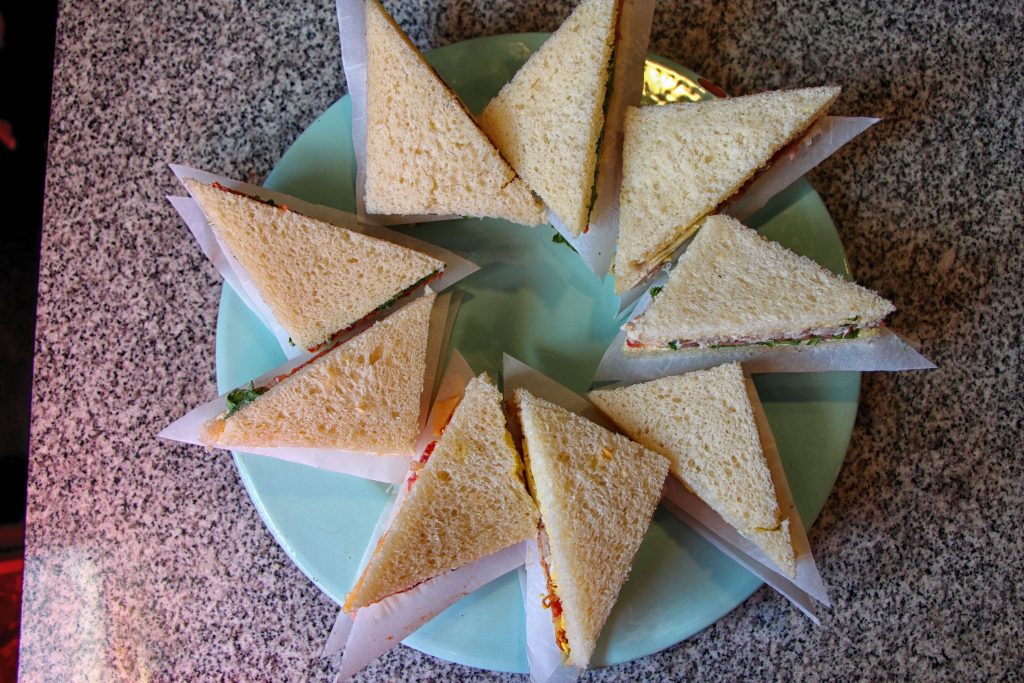
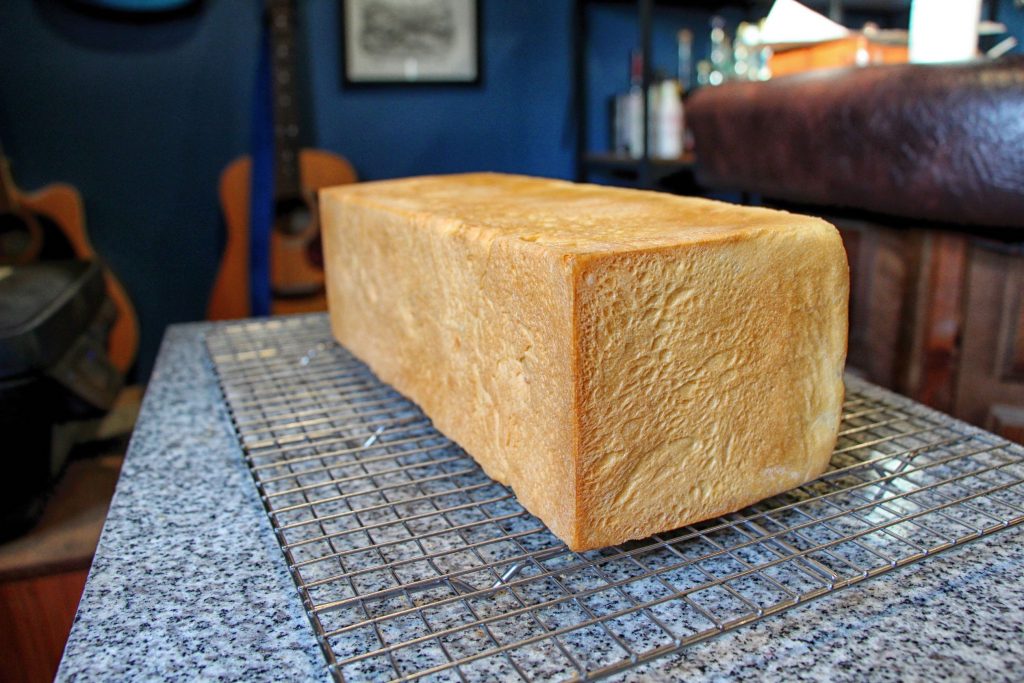
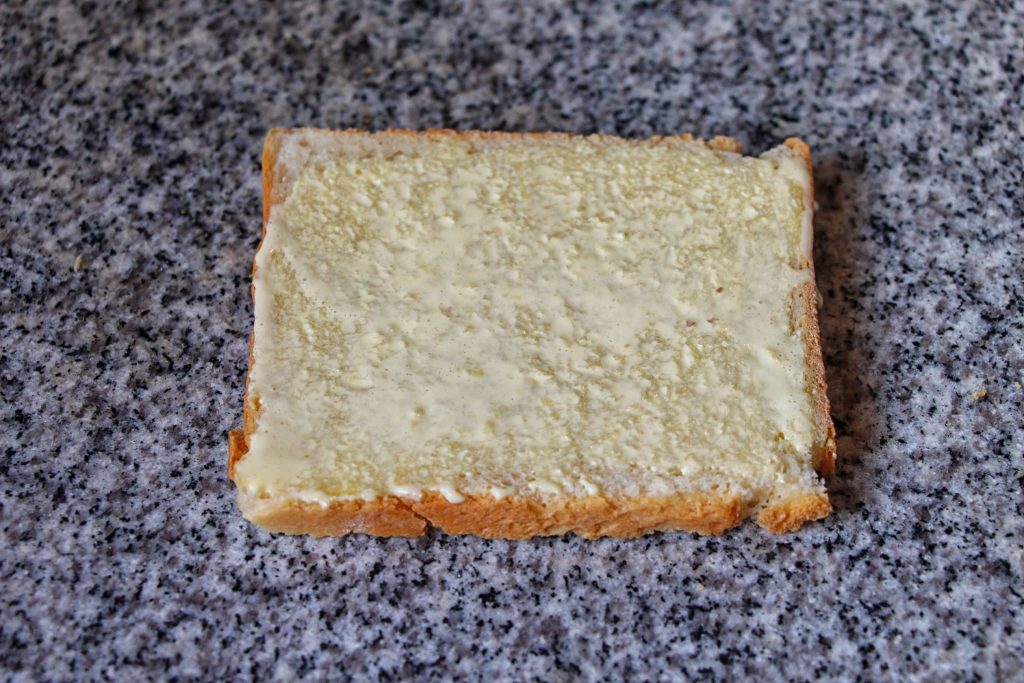
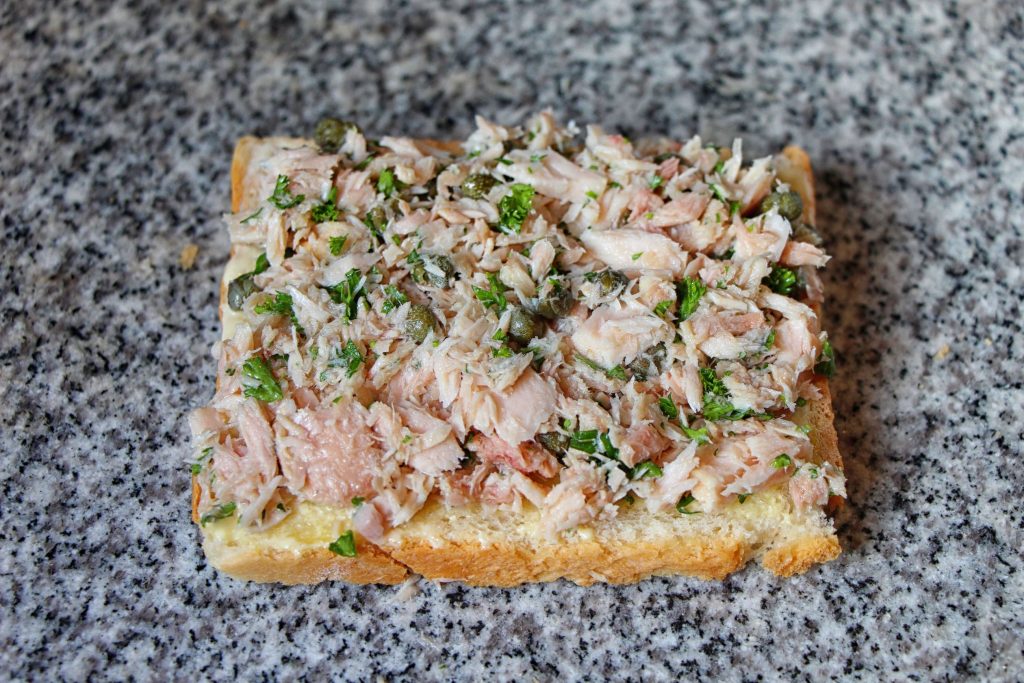
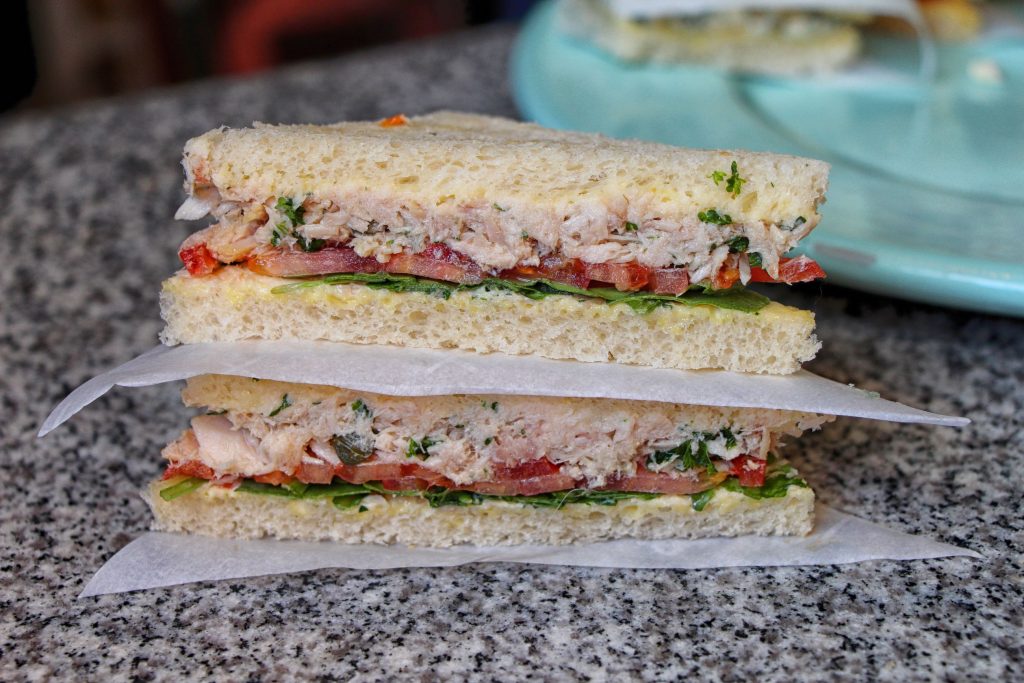
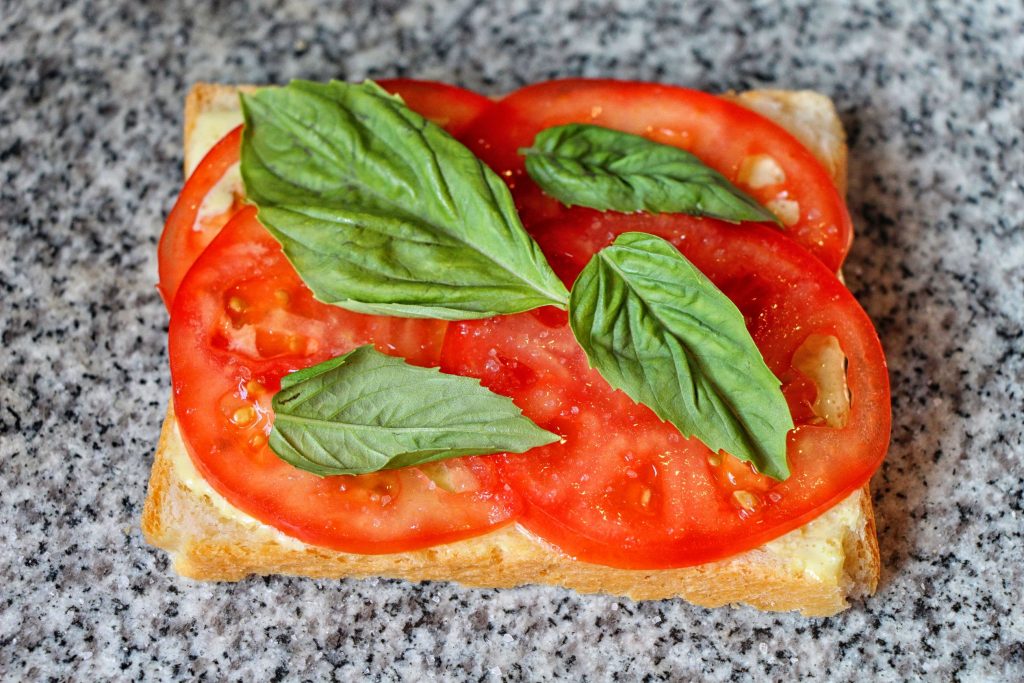
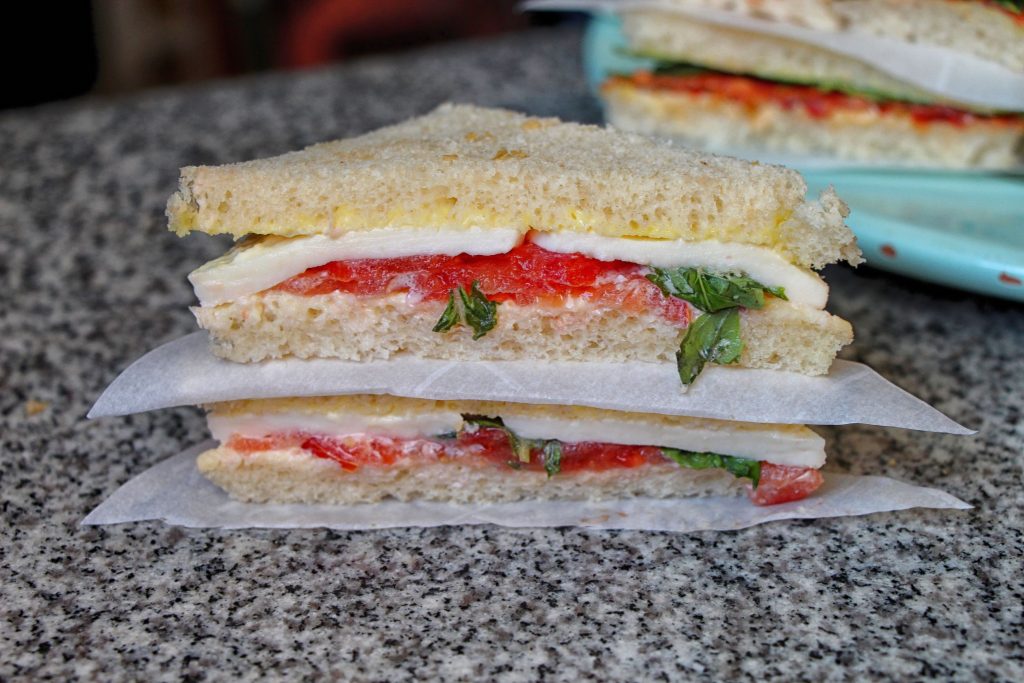
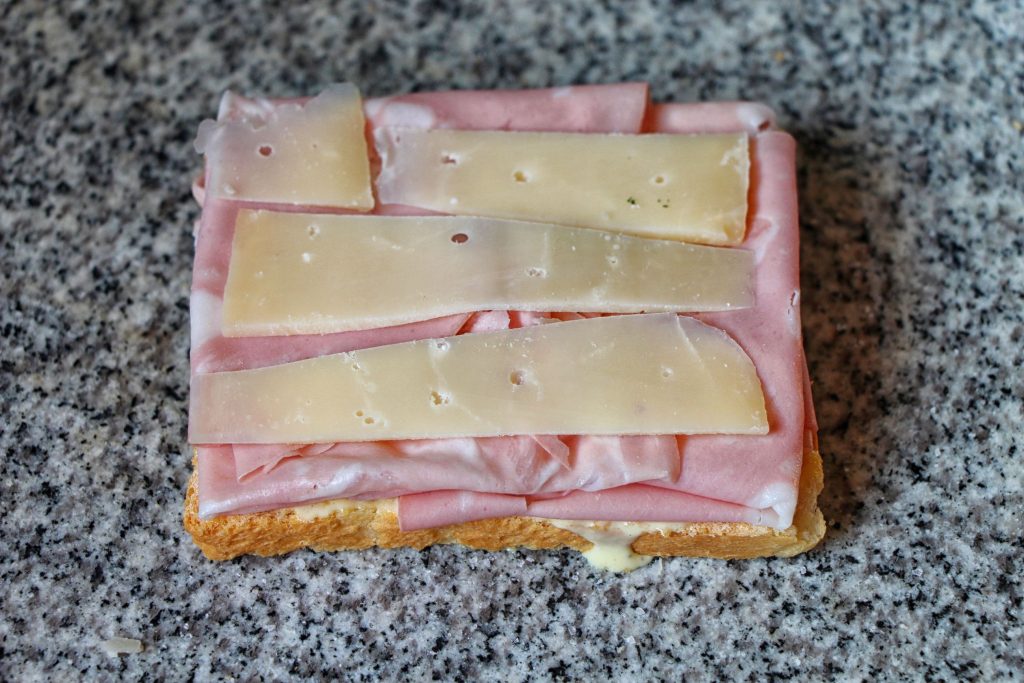
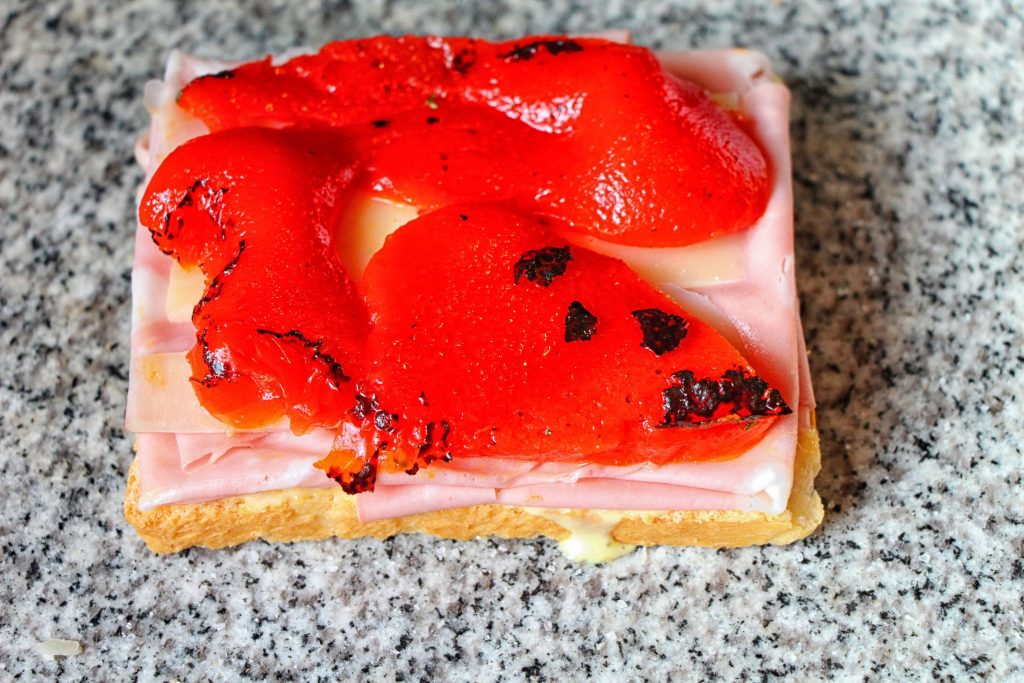
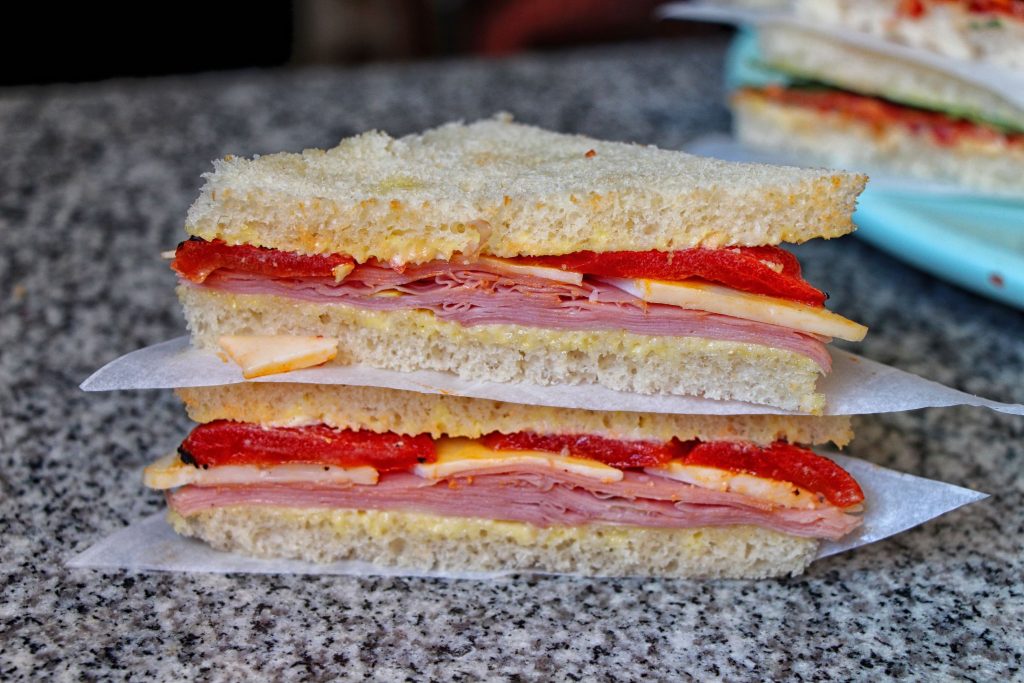
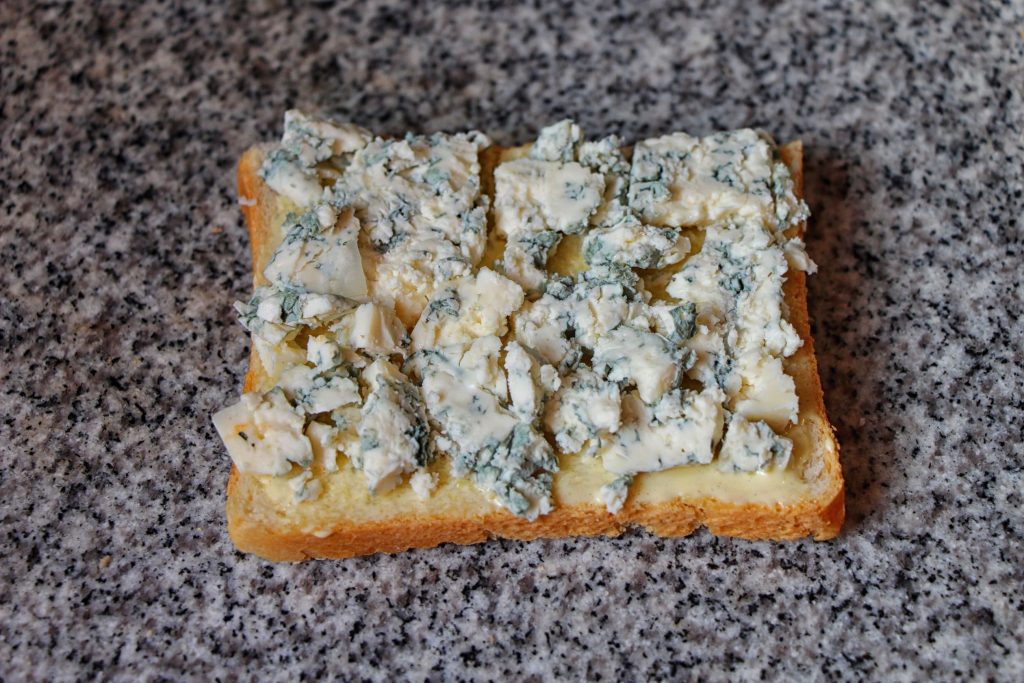
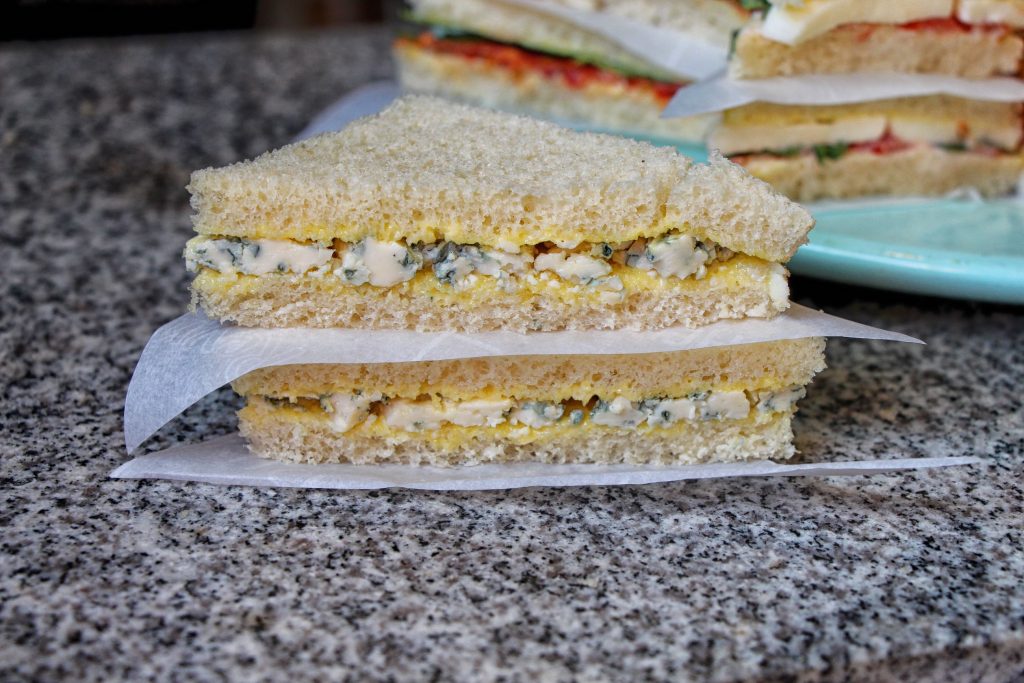
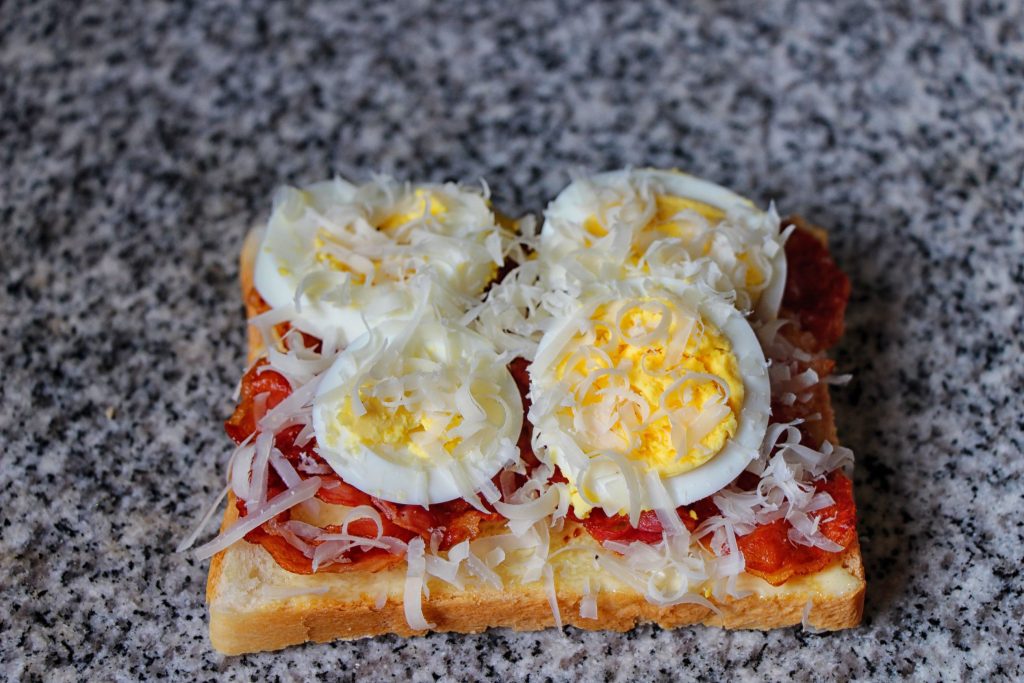
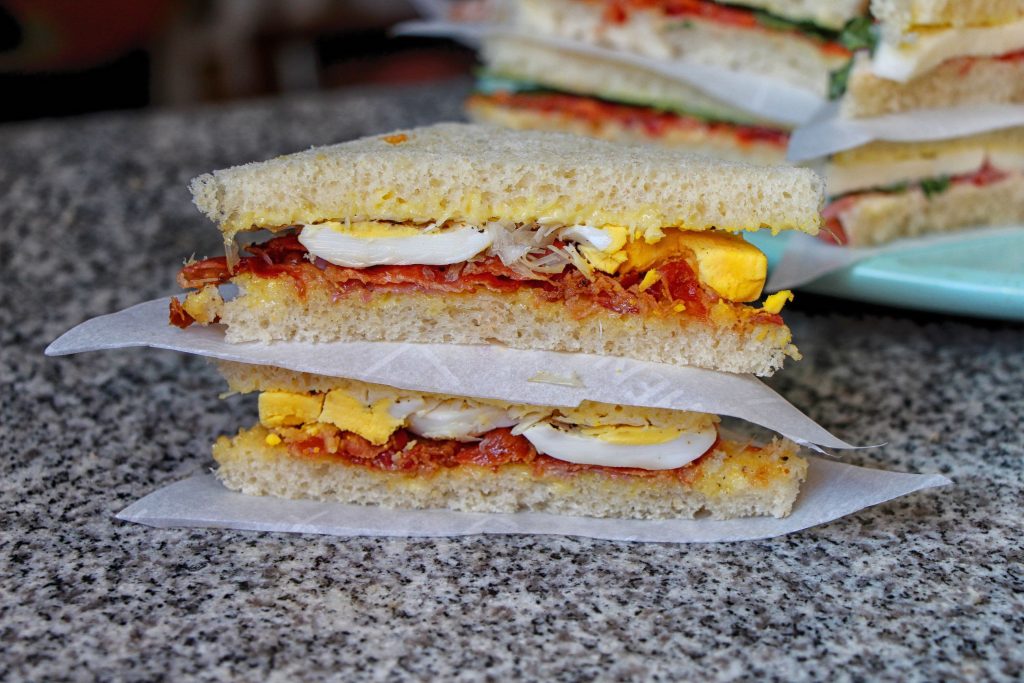
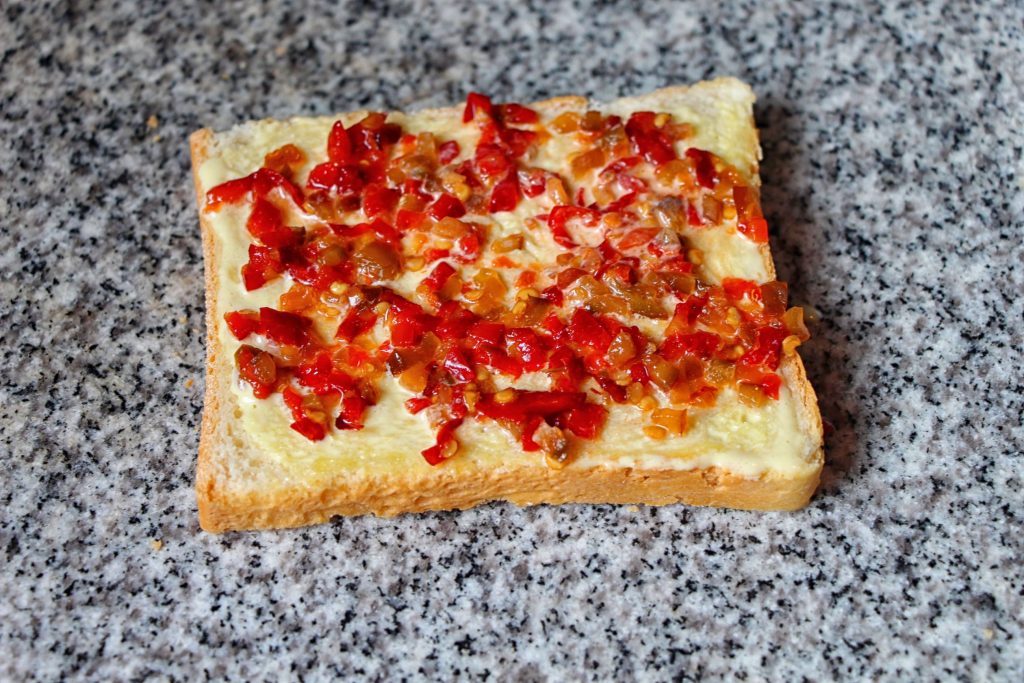
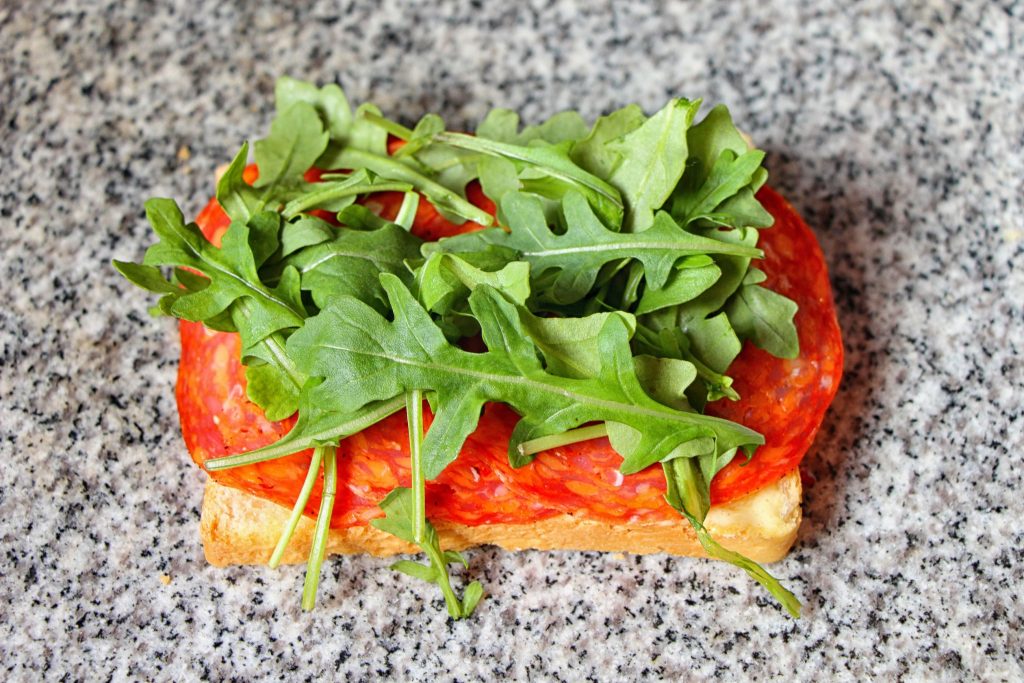
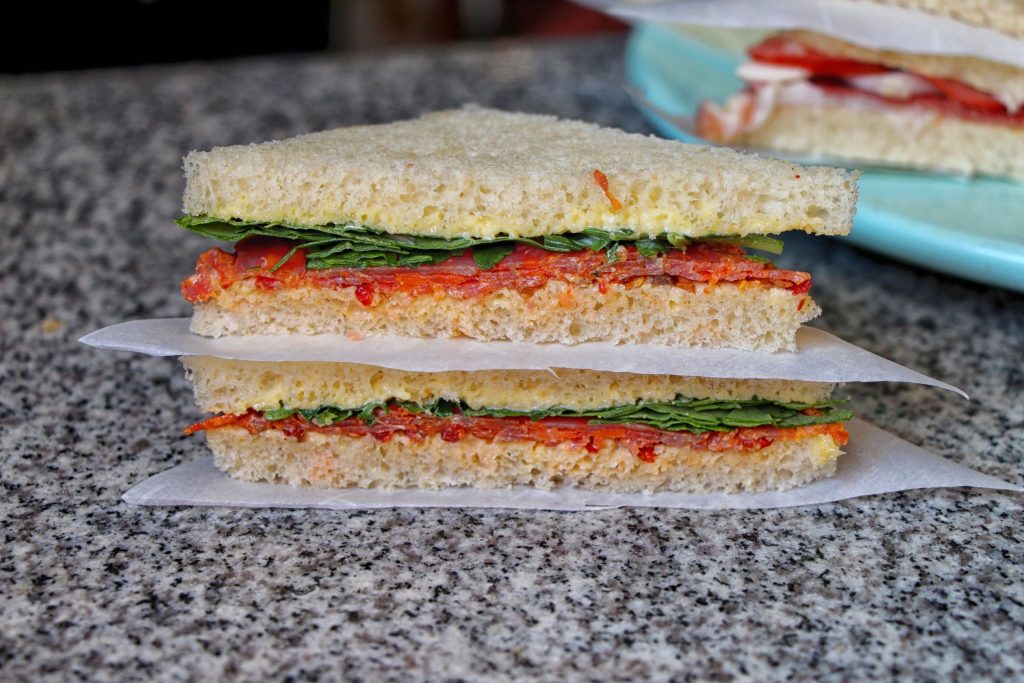
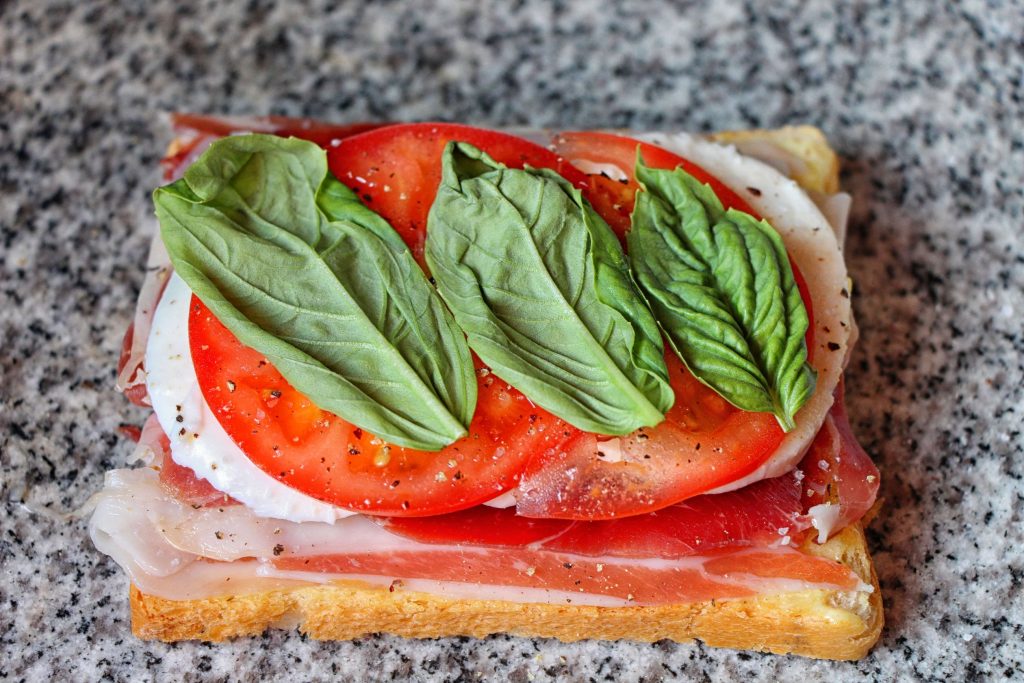
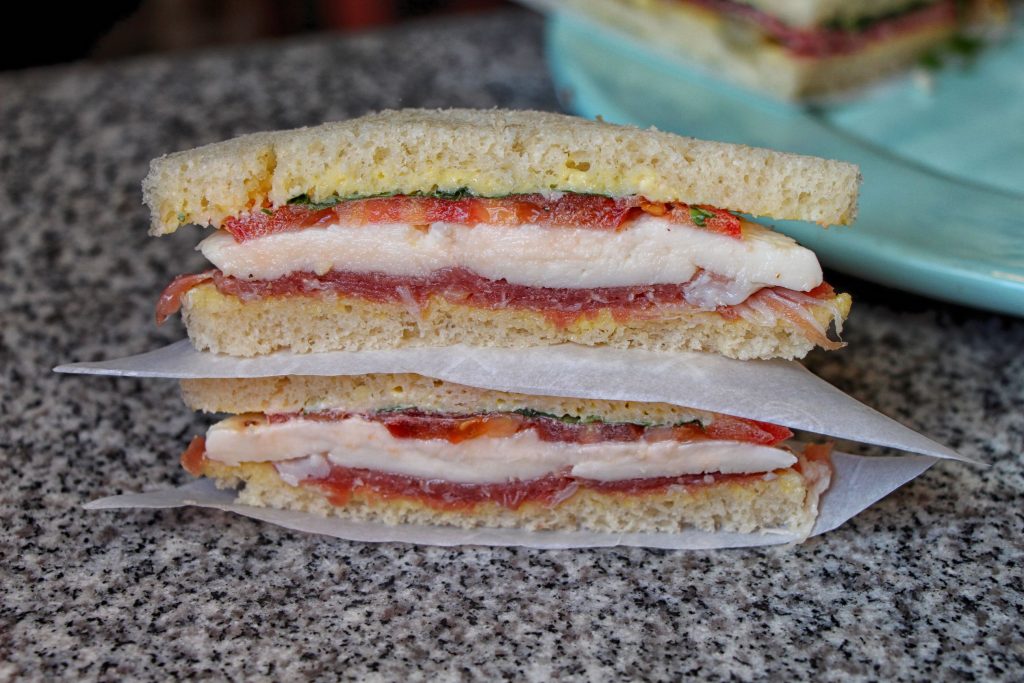
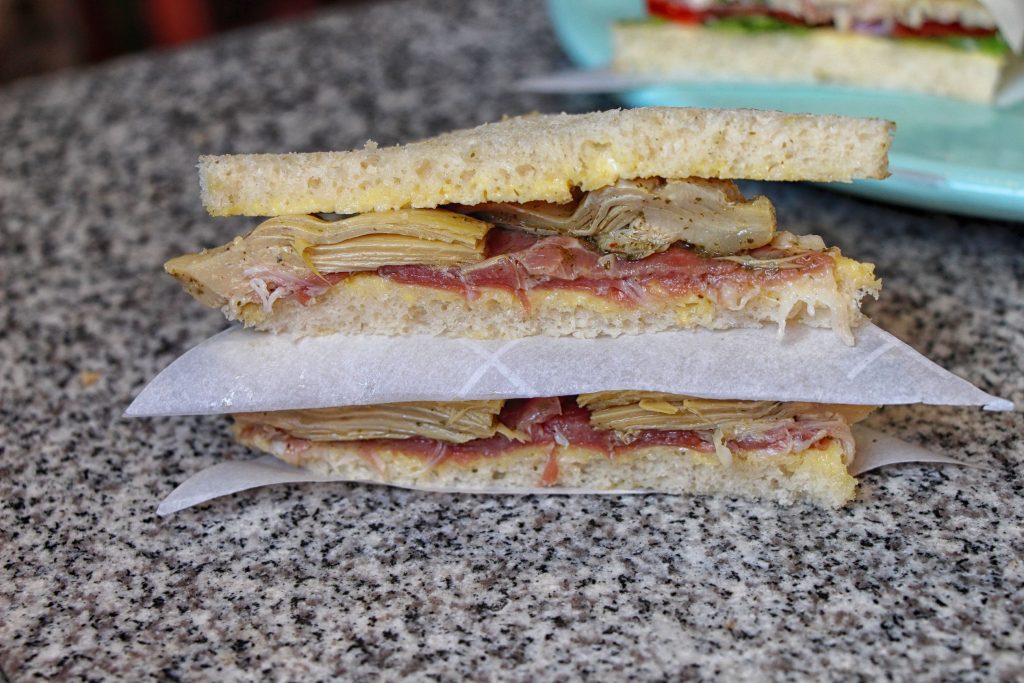
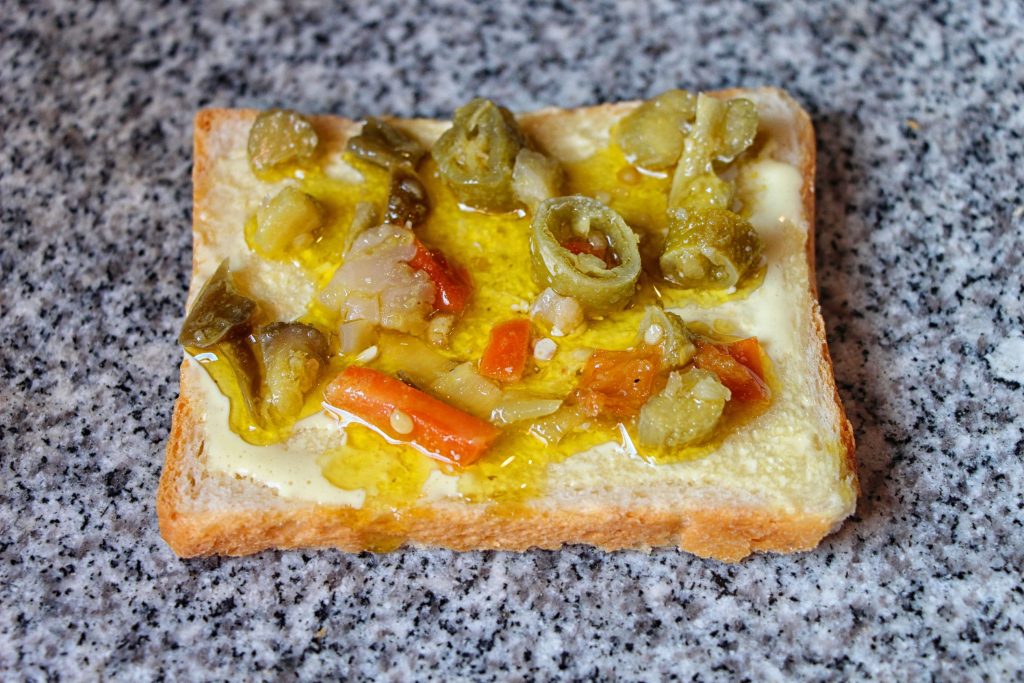
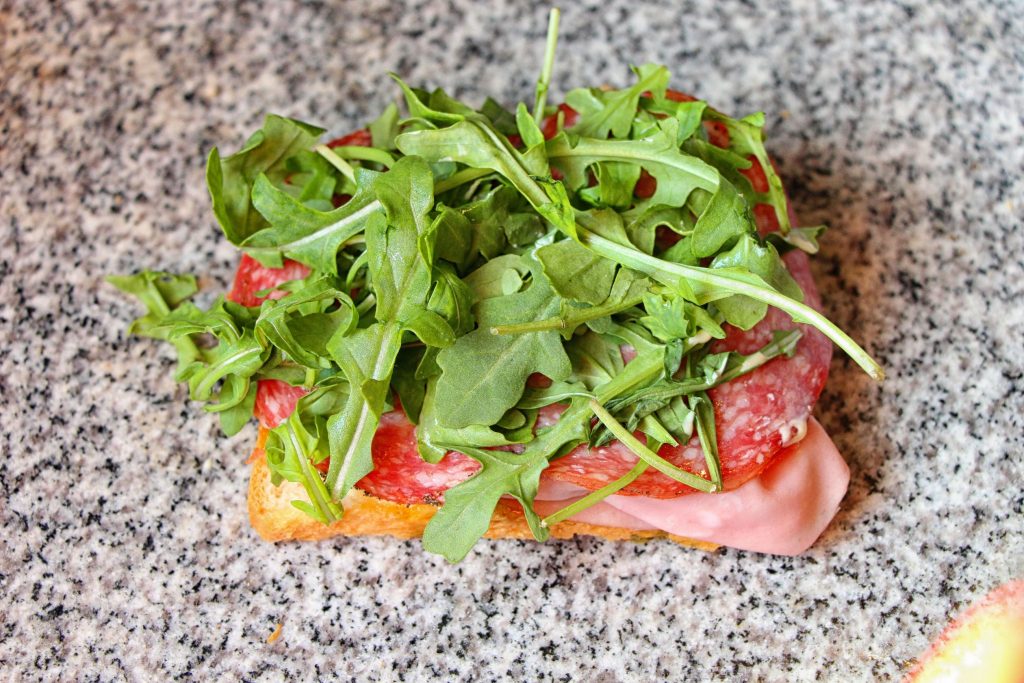
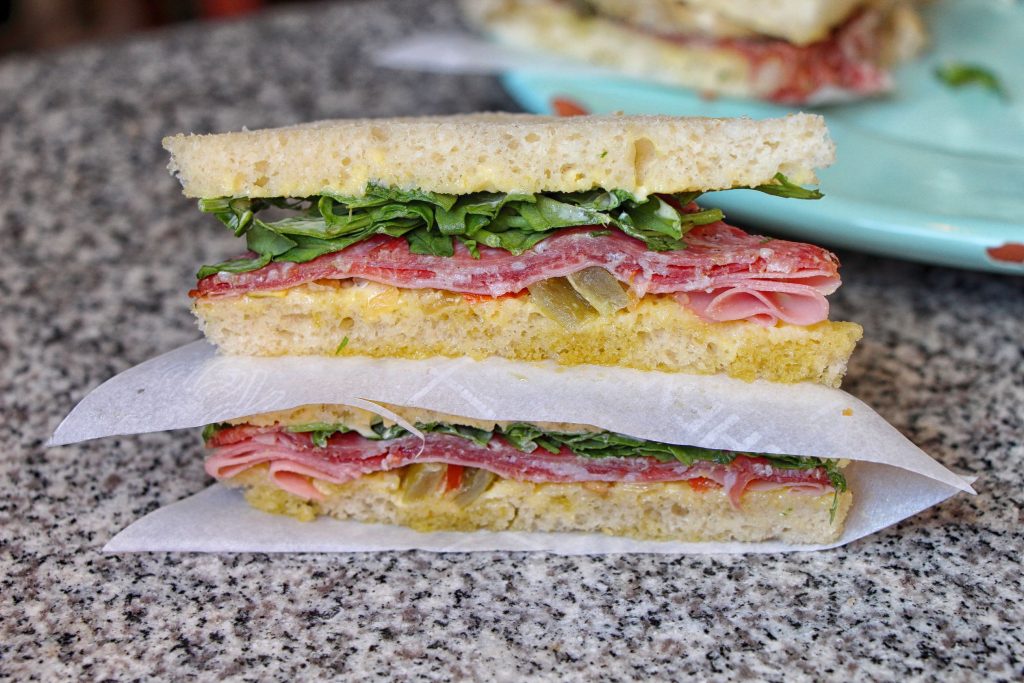









Hi Jim – Great article! And I’m so glad that my recipe for Pain de Mie worked out well for you.
Thanks! The bread was excellent, and Mindy has requested a return engagement, since the majority of the loaf went to making these tramezzini. It toasted up especially nicely!
Thanks for posting the sandwiches. They all look so delicious. I’ve made the same pain de mie recipe many times. It’s perfect for crispy, grilled cheese sandwiches and make incredible toast.
Your sandwiches are works of art and I’m certainly going to try them. Thanks again.
Thanks so much! Very kind of you. You’re right, it’s excellent bread for toasting!
Can’t wait to try those sandwiches….I saw you in a Kevin Jacobs post
Thanks, his bread worked very well!
I really enjoyed the article. Im an old tramezzino fan. Also because i grew up in torino and when I go visit i have to go to Mulassano and have a few of THOSE, a glass of prosecco and life is good. One thing: the original is rectangular (as they were in this other classic coffe/tea house from the 60s, Zucca, in every possible kind). I have no idea who where or when they started cutting em on the diagonal, which the most common shape by large all over italy.
Also, Mulassano s bread.. not too humid, never dry, light and spongy and cut thick. Never seen the equal.
One of my favorites there are fresh roasted peppers, anchovies and sweet butter. Baby shrimp with pink sauce and one leaf of bibbs lettuce. Capricciosa salad. Sweet gorgonzola, mascarpone and walnuts. Tonno, carciofini and mayo. Brie and bresaola.. Mushrooms trifolati. The famous one with lobster salad. The place is very small and spiffy, everything homemade, fresh and high quality. Pricy and worth every penny.
But any decent bar will have a small selection of delicious everyday ones. Always fresh, they dont keep well.
I rome is traditiobal to keep em unrapped but covered with napkins.
I like what you did, Chicago style, they look good. The key is variety. Abunch of different kinds, a couple of bottles of prosecco and it s a great brunch! Kudos
http://www.caffemulassano.com/en/index.html
A few pointer if I may: tonno e carciofini with mano is a classic.
Sorry, didn edit comment above properly, disregard last sentence aftr link.
Wow, so many great sandwich combinations! I’ll be making these for all my summer picnics! Thanks for giving me so many wonderful ways to liven up my sandwich repertoire!
Thanks for your comment!